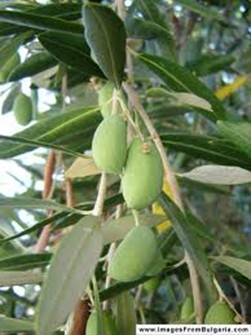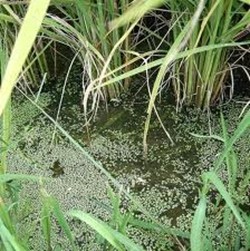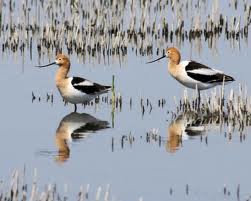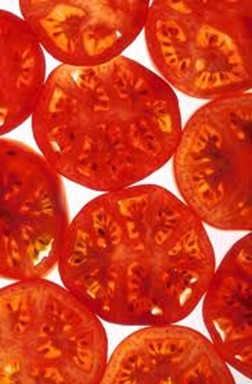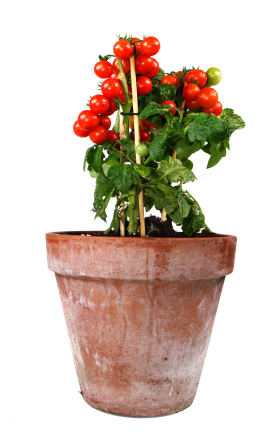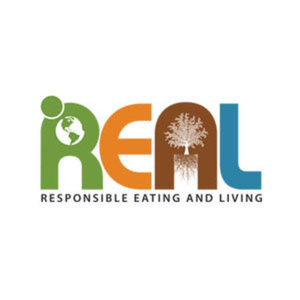A five-year study of over 73,000 people found that eating meat can shorten your life. To support longevity, the following kinds of diets worked the best, in this order:
- Pesco-vegetarian (fish is the only animal product eaten)
- Vegan (no animal products at all)
- Lacto-ovo-vegetarian (no meat, but includes dairy and eggs)
- Semi-vegetarian (meat 2 x week or less)
- Meat regularly included in diet
The study, published last month in the Journal of the American Medical Association (Internal Medicine), Vegetarian dietary patterns and mortality in Adventist Health Study 2 was conducted on members of Seventh-Day Adventist churches. Considering that the SDA philosophy discourages meat eating, one might assume that even the meat eaters in this study consumed less than average Americans. Yikes! So if researchers had included a group of average American meat eaters, the benefits of omitting meat would probably be even more obvious.
The researchers, led by M.J. Orlich, concluded, “Vegetarian diets are associated with lower all-cause mortality.” So regular meat eaters come in, shall we say, dead last. And from other sources we know that the worst meats are highly processed ones like sausages.
Another study, published earlier this year by S. Tonstad and colleagues in the journal Nutrition, Metabolism, and Cardiovascular Disease, found that “Vegetarian diets (vegan, lacto-ovo, semi-) were associated with a substantial and independent reduction in diabetes incidence” (Vegetarian diets and incidence of diabetes in the Adventist Health Study-2).
My headline is strongly worded – obviously there are exceptions to this research because so many factors are involved in health and longevity. But if anyone tries to tell you that going vegetarian is riskier than eating meat, you can tell them they just might be dead wrong.
Related links:
Vegetarians live longer, but it’s not because they don’t eat meat
Vegetarians May Live Longer


